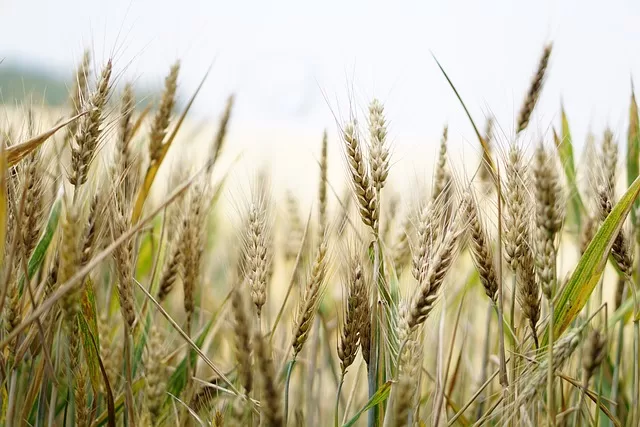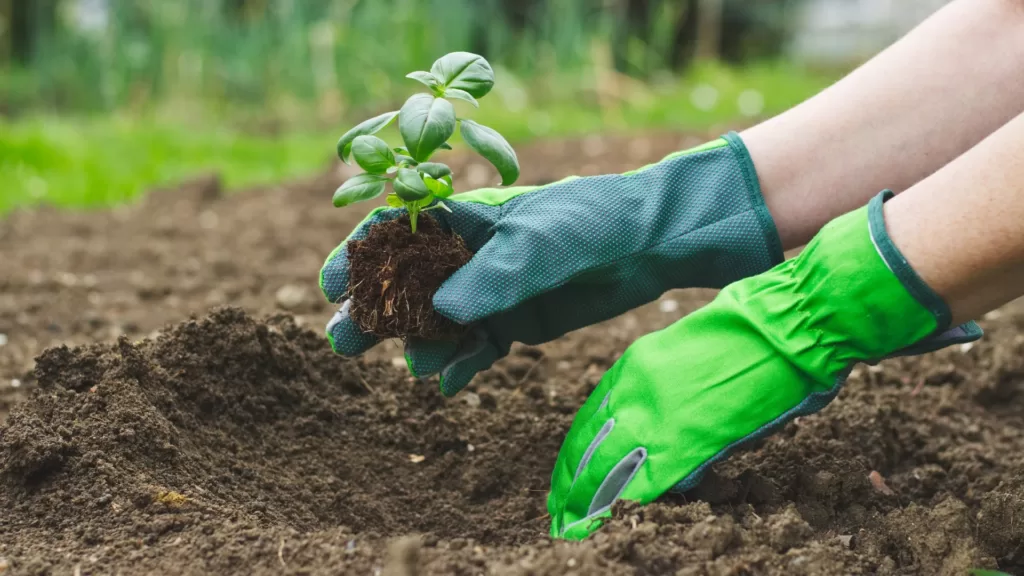Copra is the dried meat or kernel of the coconut, which is used to extract coconut oil. The amount of coconuts that are needed to produce 1 kg of copra can vary significantly depending on the size and variety of the coconuts and the efficiency of the drying and milling process.
In general, it is estimated that it takes around 4 to 6 coconuts to produce 1 kg of copra. However, this can vary depending on the specific conditions and the quality of the coconuts. Some coconuts may contain more meat than others, and the efficiency of the drying and milling process can also impact the yield.
It is worth noting that the weight of a coconut can vary significantly depending on the size and variety of the coconut. Some coconuts may weigh as little as 500 grams, while others may weigh more than 1 kg. The weight of the coconut will also vary depending on the amount of water and flesh it contains.
Are coconuts easy to grow?
Coconuts are relatively easy to grow and are well-suited to growing in tropical and subtropical regions. They are a hardy plant that can tolerate a range of soil and water conditions, and they are resistant to many pests and diseases.
However, it is important to provide coconut trees with the right growing conditions to ensure their optimal growth and productivity. Coconut trees need plenty of sunlight and well-draining soil to thrive, and they benefit from regular fertilization to support their growth and fruit production. It is also important to monitor the trees regularly and take any necessary corrective actions to ensure their health and productivity.
Overall, with the right care and attention, coconut trees can be easy to grow and can produce a reliable crop of coconuts for many years.
What makes coconut grow faster?
There are several factors that can influence the growth rate of coconut trees, including:
- Climate: Coconut trees thrive in tropical and subtropical climates with high levels of sunlight and warmth. They are less likely to grow as quickly in cooler or drier climates.
- Soil: Coconut trees need well-draining, sandy loam soils with a slightly acidic pH to grow well. They do not tolerate waterlogged soils or standing water.
- Water: Coconut trees require a consistent supply of moisture to support their growth and fruit production. However, they are sensitive to over-watering and can suffer from root rot if the soil is waterlogged.
- Fertilization: Coconut trees benefit from regular fertilization to ensure that they have the nutrients they need to grow and produce fruit. It is important to choose a fertilization program that is appropriate for the specific needs of the tree and the soil conditions.
- Care and maintenance: Regular watering, fertilization, and pest control can help coconut trees grow and thrive. It is also important to monitor the trees regularly and take any necessary corrective actions to ensure their health and productivity.
What is the distance between two coconut trees?
The recommended spacing between coconut trees depends on the size and variety of the trees, as well as the specific growing conditions. In general, it is recommended to plant coconut trees at a spacing of around 9 to 12 meters apart, or 30 to 40 feet. This spacing allows the trees enough room to grow and reach their full potential without competing for resources.
It is worth noting that the specific spacing requirements for coconut trees can vary depending on the variety, soil type, and other local conditions. Some varieties may require more space than others, and it may be necessary to adjust the spacing accordingly. It is always a good idea to follow the recommended spacing guidelines provided by the seedling supplier or based on local experience.
What is the best fertilizer for coconut trees?
Coconut trees are heavy feeders and benefit from regular fertilization to support their growth and fruit production. The specific fertilization needs of coconut trees can vary depending on the age and health of the tree, the soil type and nutrient content, and the local growing conditions.
In general, it is recommended to use a balanced, slow-release fertilizer that contains a mix of essential nutrients, including nitrogen, phosphorus, and potassium. Some other helpful micronutrients that are important for coconut trees include calcium, magnesium, and sulfur. It is also a good idea to include organic matter, such as compost or aged animal manure, to improve the structure and fertility of the soil.
It is important to follow the recommended fertilization guidelines provided by the seedling supplier or based on local experience, and to adjust the fertilization program as needed based on the specific needs of the tree and the soil conditions. Overfertilization can lead to excess growth and reduced fruit production, so it is important to use fertilizers judiciously.







